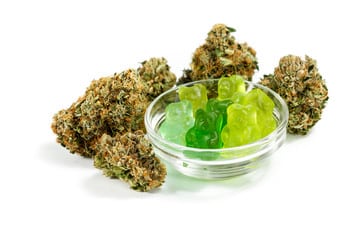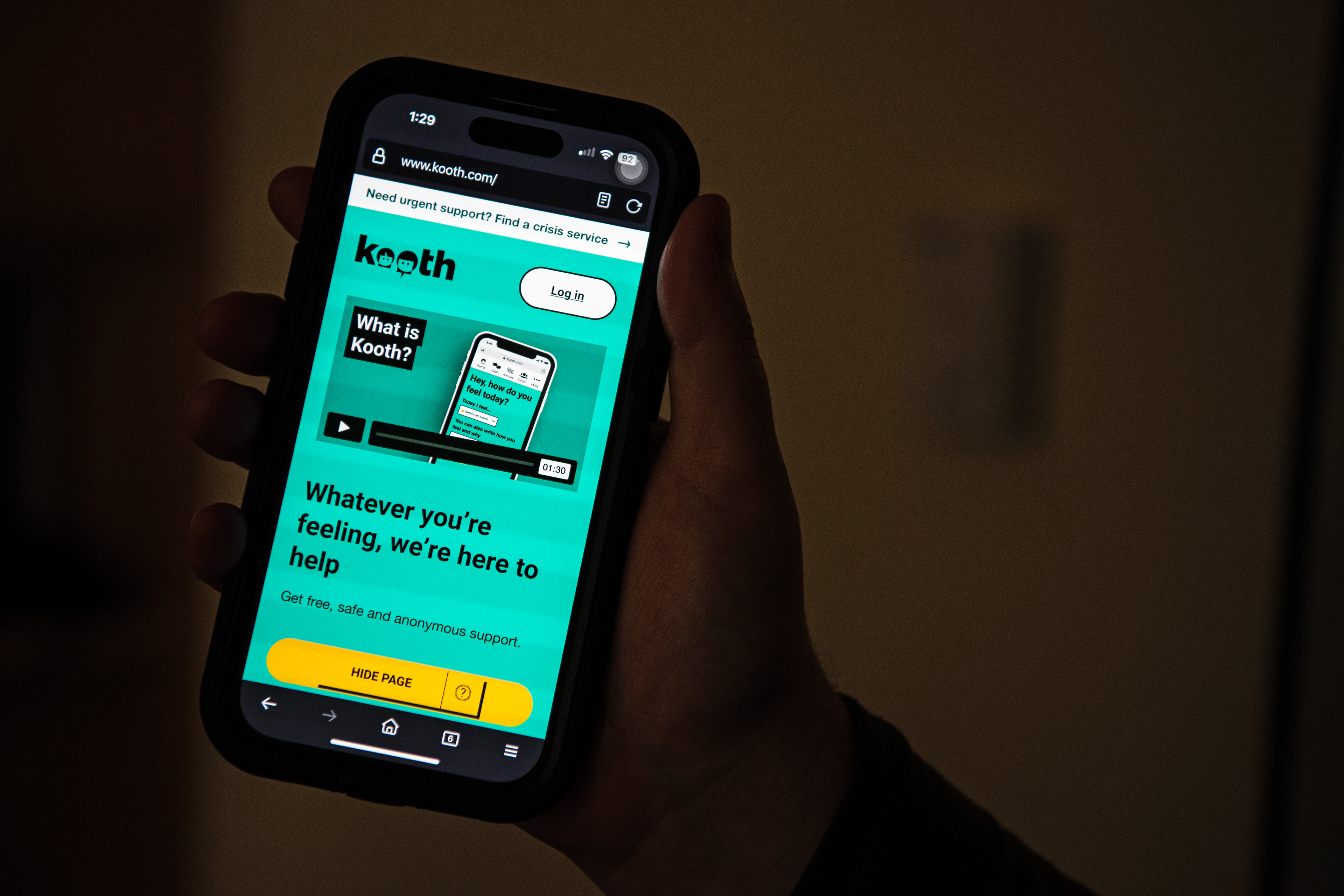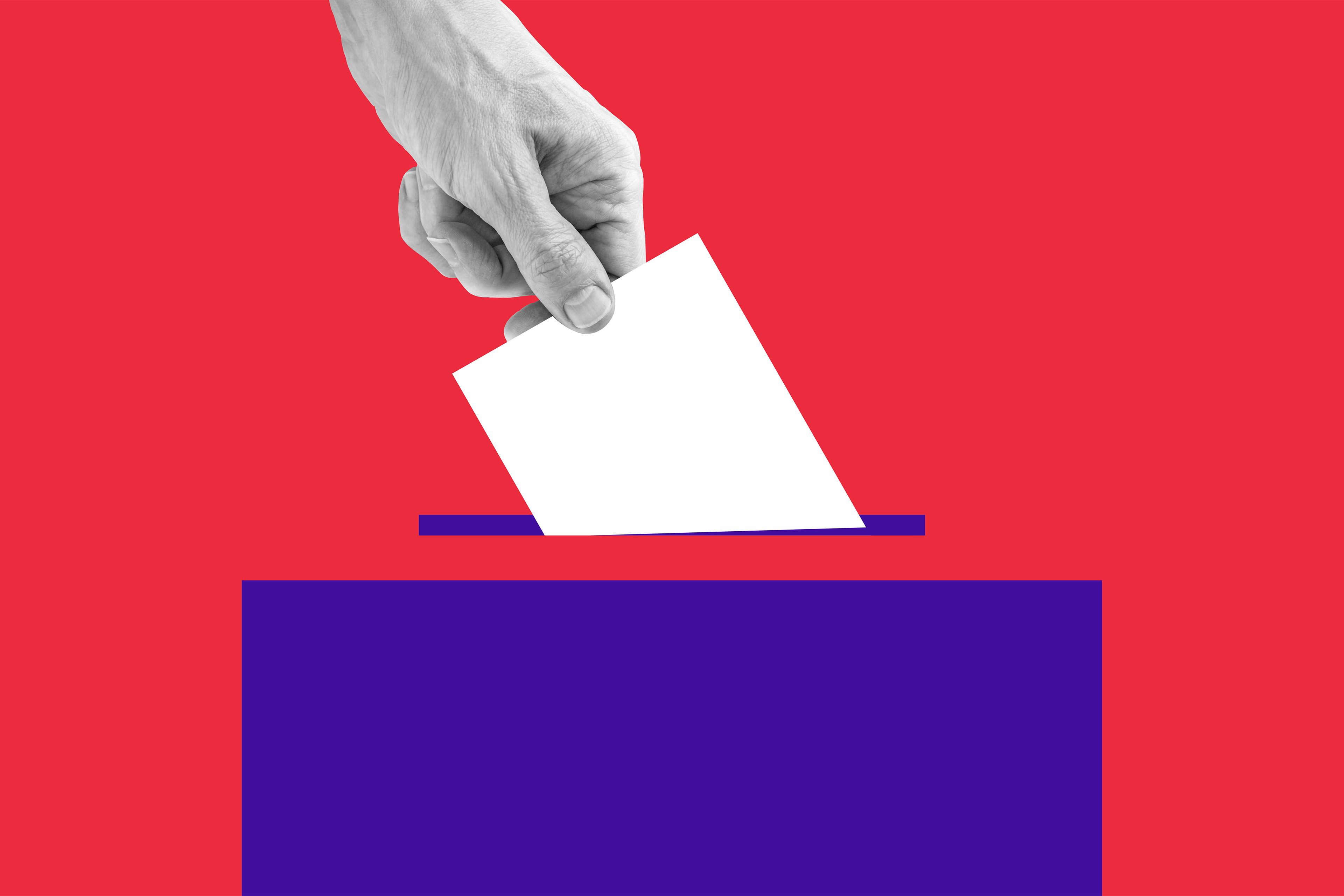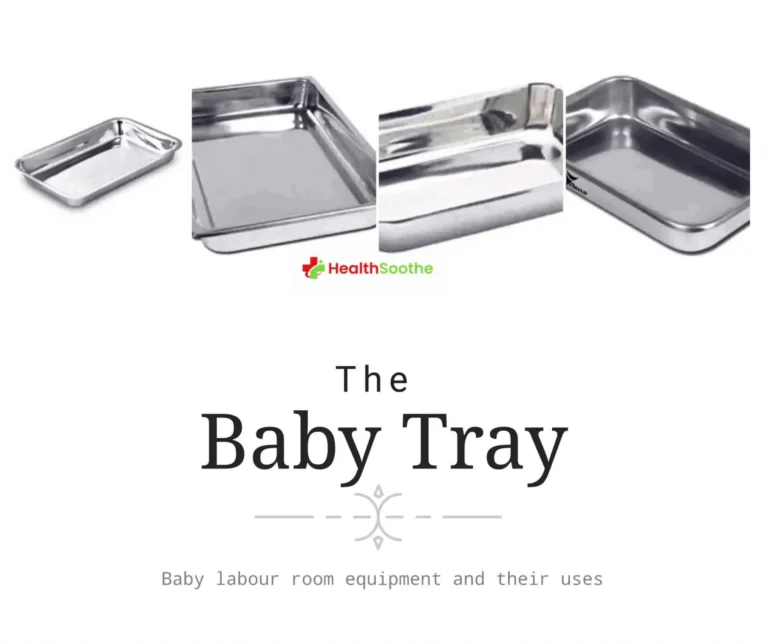I’m at a mall in Rockville, Md., but instead of enjoying the comfort and convenience of a one-stop shopping experience, I go to a place called Capital Cryo, looking to get some voluntary pain. Soon, the tall cryotherapy tank is filling with a cloud of super-chilled gas: evaporated liquid nitrogen, one of the coldest substances on Earth.
“Okay,” the technician says. “Get in.”
Being a newbie, I gape at the temperature display: -205°F. Wearing only my underwear, I step in, and my skin temperature plummets, making my skin tingle. My adrenaline surges and breath speeds up, more reactions to the shocking freeze. After three minutes, tingling turns into aching. What started as cold has shifted to pure pain. Just in time, the technician stops the machine.
While dressing, I catch a wave of relief, a chariot of well-being I will ride the rest of the day. I wonder if it’s purely psychological—or maybe I’m experiencing hormesis, when the body adapts to stress in healthy ways. Over the past decade, scientists have increasingly found that certain forms of pain and agitation, in moderate amounts, trigger benefits for mental and physical health. Researched examples include cardio exercise, weightlifting, ice and steam baths, high-heat saunas, fasting from food, eating spicy peppers, and even holding your breath.
Only a masochist with unlimited free time would pursue every painful option. How should busy adults prioritize them? Which forms of hormesis actually boost health, and how?
Why hormesis works
Pain starts with stress, and stress shows up at a cellular level. When humans and other lifeforms get stressed out, the balance of oxygen in our cells gets disrupted. In response, the mitochondria—bean-shaped structures that supply cells with energy—ramp up their efforts to help with overcoming the challenge.
In the process, the mitochondria spit out a waste product, called reactive oxygen species. With persistent exposure to toxic stressors like cigarette smoke, heavy metals, or chronic emotional strain, this waste may weaken the cells and cause proteins to misfold, which could eventually cause disease.
Read More: Why Zero Stress Shouldn’t Be Your Goal
Hormetic stress, however, is more manageable. We bend but don’t break—partly thanks to a protein called Nrf-2. The protein flies into action, entering the nucleus and heading to the twisted ladder of DNA in each cell. There, it grabs the rung with the molecules that signal the cells to make a team of smaller proteins for fighting stress. They clean up the oxygen waste, transforming the hazmat cleanup sites into prime real estate. They also detoxify and repair cells throughout the body, boosting health and resilience.
It’s a lemons-to-lemonade process by which stress actually becomes beneficial. Promising research links hormetic stress to the prevention of cancer, dementia, and heart disease.
More than exercise
The most researched type of hormesis is exercise, where the muscles are deprived of oxygen—alerting Nrf-2 to action, which kicks off the benefits. In addition to working out, though, a range of other uncomfortable activities trigger the Nrf-2 pathway and other cellular reactions that can strengthen our bodies.
Such stressors include caloric restriction or intermittent fasting, where people have fewer calories per day or take long breaks from eating without reducing their overall calories. Both approaches stress the cells, activating the body’s protective pathways.
Some research—mainly in mice—has linked caloric restriction to a lower risk of cancer, and scientists believe activation of the Nrf-2 pathway is partially why. More research on fasting in humans is needed, but other benefits may include better blood sugar and heart health.
Read More: Why Your Diet Needs More Fermented Pickles
Certain foods, particularly plant compounds, have low-level toxins that also trigger Nrf-2. Examples are capsaicin in chili peppers, polyphenols in green tea, and sulforaphane in broccoli. Hormesis also comes from extreme temperatures. Studies show that the frequent use of saunas can boost heart health mainly through pathways related to heat stress, but also through Nrf-2. Hormesis is set in motion at the other end of the thermometer, too, as with cold plunges and cryotherapy.
Though these painful stressors are promising, more studies are needed. Even less is known about other potentially beneficial stressors, like holding your breath for an extended time (like a diver does). If you try one of the better-researched options, experts say to choose one that’s tolerable and helpful. Aim for just enough pain, without overdoing it. “Hormesis is sufficiently difficult that you have the chance to rise to a challenge,” says Rehana Leak, an associate professor of neuroscience at Duquesne University who studies hormesis. “You should feel satisfied that you surmounted something difficult.”
Less pain, some gain
Because many stressors work through the same pathways, experiencing one type on a regular basis may enhance resilience to additional types. Even the most pain-shy among us could start with easier challenges that prepare the body for the tougher ones. “There’s a lot of redundancy in the mechanistic pathways,” says Vienna Brunt, assistant professor of medicine at the University of Colorado, Anschutz Medical Campus. That means the cells’ ways of making stress beneficial, like Nrf-2, overlap and reinforce each other. “It’s very cool.”
The best approach for warming up to tough stressors may be to bring the heat. Researchers have found that getting into a hot tub or sauna can prime the stress pathways for exercise—providing a gateway for those who dread working out. “Regularly getting into the hot tub can, over time, condition people to hop into an exercise training program,” Brunt says.
It may take more than four weeks of regular heat exposure to establish this cellular groundwork. “A lot of stresses come back to the same pathways that get activated and improve,” says Christopher Minson, a professor of physiology at the University of Oregon. He has found that exercising in the heat can improve exercise performance in the cold, though some people seem to benefit more than others.
Can we “cross-strain” for more benefits?
It’s possible that two or more hormetic stressors can be combined for greater benefits than you’d get with one stressor alone. These pathways “complement and communicate with each other,” says Ed Calabrese, a toxicologist and pioneering hormesis researcher at the University of Massachusetts. “It creates a lot of protection, but how do you optimize and control that in your everyday life? There’s still a lot we don’t know.”
Exercise while fasting may be an example. Mark Mattson, a Johns Hopkins neuroscientist, has studied this connection in mice. Combining exercise and fasting in his lab led to better brain functioning in the hippocampus, critical for learning and memory, than either stressor alone.
Read More: What’s the Least Amount of Exercise I Can Get Away With?
Research in humans is needed, but both exercise and fasting cause our muscles to take up glucose from the blood— like Mattson saw in the rodents—prompting the body to switch to burning another type of fuel for energy, called ketones. “Exercise and fasting both promote this metabolic switch from glucose to ketones,” Mattson explains. “If you look at the cellular level, they’re engaging largely overlapping signaling pathways, and complementary ones. Nrf-2 is one, and there are lots of others.”
Minson has experimented with going for long bike rides while fasting. It gave him a psychological boost. “When I came into my lab, I was hungry but happy,” he says.
It could also be beneficial to regularly mix endurance exercise and heat, as with hot yoga. This pairing increases the fluid in our blood and how much blood is pumped with each heartbeat. The result is a more efficient cardiovascular system, says Larry Kenney, a professor of physiology and kinesiology at Penn State. “These regulatory adaptations are stressful but, combined, they lead to a resilient physiology,” Kenney says.
It’s likely true that “the sum is greater than the parts” for a number of combinations, Kenney says. “Exercise and heat stress may be one of those,” he adds, while noting the need for more studies. Hydrate well and avoid extreme heat.
Exercising with limited oxygen, like at high altitudes, is another hormetic pairing being researched. Yet another example is contrast therapy: switching between heat stress and cold stress. A handful of studies suggest that combining hot and cold baths in one session may increase blood flow, muscle oxygen, and sports recovery, compared to only hot or cold.
Read More: 5 Gastroenterologists on the 1 Thing You Should Do Every Day
Back at Capital Cryo, I tried contrast therapy. After using their infrared sauna, I went straight to the cryo tank. But the technician stopped me, looking astonished. “You need to towel off first!” With sweat on my skin, she explained, I was asking for frostbite. Good to know.
Even when done safely and correctly, not all combinations benefit everyone. “You might get an additional benefit, but maybe not,” Minson says. “It will come down to a lot of individual variability.”
Leave time for recovery in between bouts of stress. “If you’re not recovering, you’re not going to have an adequate adaptation,” Minson says. Any stressors, especially combinations, should be approached gradually and conservatively.
Some combos overwhelm the body. If you take plant supplements after exercise, the additional hormetic stress of these mild toxins may diminish the benefits of the workout, research shows. “It’s going to not allow you to adapt as well,” Mattson says, while noting it’s nearly impossible to get such high amounts of antioxidants from natural foods. “Some supplements use doses that are through the roof,” Leak adds. “Because the phytochemicals in broccoli are helpful, that doesn’t mean we should take 1,000 times the concentration.”
Other research suggests that the hormetic stress of cryotherapy may likewise interfere with exercise’s benefits. Overall, human studies on hormetic combinations are limited. “There’s a big void,” Mattson says. The best approach is to speak with your doctor, then try the researched combos and monitor your energy levels, blood panels, and other health metrics like resting heart rate.
Calabrese recognizes that supplements can be excessive, but he’s strategic about taking the ones with plant nutrients like moringa that he says have evidence-backed hormetic benefits. He tests his blood to ensure the pills aren’t damaging his liver. “I’m really cautious,” he says. “I’ve studied everything that I do.”
The future: hormesis mimics
A growing list of “hormesis mimics” work to trick our cells into launching their programs for adaptive responses. People feel no discomfort from these internal stressors even as they elicit the beneficial action deep within our cells.
Some researchers find that red light therapy, for example, is a hormesis mimic that could help heal the body. When our cells are exposed to this light, they produce cellular waste. We’re blissfully unaware as this waste prompts Nrf-2 to stimulate repairs and healthier cells.
It’s unclear if such “easy hormesis” can deliver equally profound benefits as the anguish of exercise. Regardless of the type of stress, Leak thinks it’s all in the experience. “If you don’t go through anything painful,” she says, “you simply will not grow.”


















 English (US) ·
English (US) ·